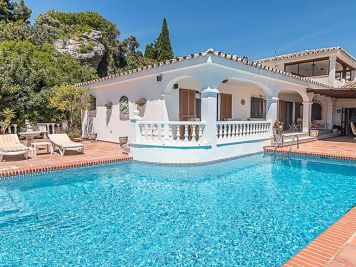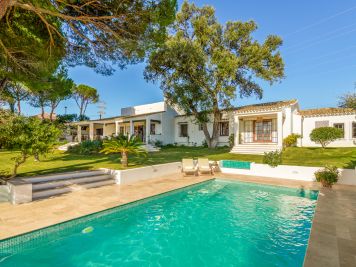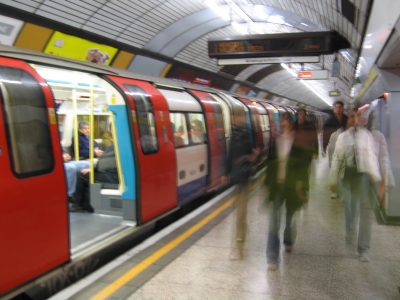Barcelona is without doubt one of Europe’s greatest cities. Known for its unique architecture, parks, museums and historical monuments in the Old Town it is right up to date when it comes to shopping, bars and gyrating nightclubs.
If you want a crash course in European history, explore Barcelona’s Gothic Quarter, mingle with the Catalans and hang out in one of the street cafés. Chic fashion boutiques along the Passeig de Gracia, the traffic free La Rambla and the sizzling beachfront are just some of the attractions in this fabulous port city and the best way to get around is by metro.
Barcelona Cathedral
Known as La Seu, which means the Seat of the Diocese, Barcelona Cathedral is in the heart of the Old Town. The building dates back to the 13th century although the ornate spire and façade were only added in the early 20th century. Highlights of this splendid cathedral are the impressive Gothic nave, ornately carved choir stalls, the Lepanto Chapel and the cloisters surrounding a serene pond with white geese. Admission is free to look around the main building, but there are charges to visit the cloister museum, chapter house and roof.
La Rambla
The famous La Rambla runs all the way down from the Placa de Catalunya in the Old Town to the Monument a Colom on the waterfront. The boulevard is a pleasant tree-shaded walkway lined with splendid buildings including Gaudi’s Palau Guell mansion, now a UNESCO World Heritage Site. The street is a gathering place for street entertainers, vendors, musicians and tarot readers along with pickpockets, so beware! It has many flower stalls, monuments and pavement cafés to enjoy along its length.
La Boqueria
Just off La Rambla, and not to be missed, is the bustling food market officially known as the Mercat de Sant Josep del la Boqueria. It has been in existence since 1217 when meat was sold on tables near the old city gate. It nows sells a glorious range of fresh and candied fruits, vegetables, fish and other local delicacies.
Sagrada Familia
Not to be confused with the historic cathedral, the Sagrada Familia has decorative spires piercing the skyline, each topped by Venetian mosaics. This stunning unconventional church was Gaudi’s lifetime obsession and greatest achievement and has become the symbol of Barcelona. Work began in 1883 and the church is still not completed. Look for the altar canopy still awaiting an altar and descend into the crypt where Gaudi is buried. The apse has been completed along with the Nativity Façade which has doorways representing the virtues of Faith, Hope and Charity.
Museo Picasso
Containing 3,000 pieces of Pablo Picasso’s work, including his early drawings and paintings, this splendid museum is housed in five adjoining palaces on the Carrer Montcada. It is one of Barcelona’s most visited attractions.
Golden Square
Centred on the Passeig de Gracia, Golden Square is an area of around 100 city blocks which hold some of the city’s best Modernista buildings. Homes and offices were built in this area in the early 20th century by the wealthy bourgeoisie and many interiors are open to the public, displaying their fine stained glass, ceramics and ironwork. Look for the Illa de la Discordia, the Fundacio Tapies building topped by a wire sculpture entitled Cloud and Chair and Gaudi’s famous Casa Mila La Pedrera with its wave-shaped façade.
Montjuic
The hill overlooking the port is known as Montjuic and offers recreational space, museums, art galleries and a funfair. It is easy to reach on the funicular or cable car from the Metro Parallel. The hill is topped by an 18th century castle and on the western side is the delightful Poble Espanyol village of cobbled streets and whitewashed houses.
Palau Nacional
Located on Montjuic, the Palua Nacional with its ornate domed roof is the home of the Museu Nacional d’Art de Catalunya. The museum has one of the most important Romanesque art collections in the world including a display of 12th century frescoes (wall paintings).
Tibadabo
Ride the historic Tramvia Blau to the top of Tibadabo for stunning views of the city and port. The Parc d’Attractions has old and new rides along with automated toys, jukeboxes and gaming machines. At the summit is the Church of the Sacred Heart and inside one of the towers you can ride an elevator to the top to see the enormous statue of Christ.
La Ribera
Stroll along the wooden walkway on the waterfront of La Ribera and see another side of Barcelona. The port has largely been regenerated and now has five star hotels, the aquarium, a leisure centre and an assortment of bars and eateries. You can even spend the day on the beach!






